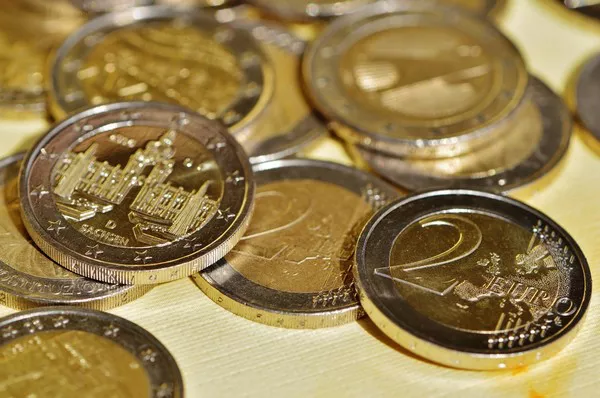In recent years, the euro has been a topic of much discussion in international financial circles. The fate of the currency has been the subject of speculation among investors and economists alike. The euro’s prospects have fluctuated, with some predicting its demise while others anticipate its continued growth. In this article, we will examine the current state of the euro and consider whether or not it is likely to go up in the future.
Current State of the Euro:
The euro is currently one of the world’s most widely used currencies. It is the official currency of the European Union and is used by 19 of its member states. Despite the currency’s widespread use, its value has fluctuated significantly in recent years. Since its introduction in 1999, the euro has experienced periods of rapid growth as well as sharp declines. In 2008, for example, the euro was trading at roughly $1.60 USD but fell to just $1.05 USD in 2015.
Factors Affecting the Euro:
Several factors can affect the euro’s value, including economic growth, inflation, and interest rates. For example, when the European economy is growing, the demand for euros tends to increase, leading to an increase in the currency’s value. Similarly, if inflation in Europe rises, the value of the euro may decrease as people begin to lose confidence in the currency. Finally, changes in interest rates can also impact the value of the euro. When interest rates rise, the value of the euro tends to increase as investors seek higher returns on their investments.
Political events can also impact the euro’s value. For example, the uncertainty surrounding Brexit negotiations caused fluctuations in the pound sterling’s value, which in turn affected the euro. Similarly, political instability in Italy, Greece, or other countries within the European Union can lead to a decrease in the euro’s value.
Future Prospects for the Euro:
So, what does the future hold for the euro? While it is impossible to predict the currency’s fate with certainty, there are several factors that suggest the euro may continue to grow in value. For one, the European economy has been growing steadily, which has led to increased demand for euros. Additionally, the European Central Bank has kept interest rates low in recent years, which has helped boost the economy and support the euro.
Another factor that could lead to the euro’s continued growth is the ongoing political integration of the European Union. As member states integrate more deeply, the euro becomes a stronger and more stable currency. With 19 countries currently using the euro as their official currency, the currency has become an increasingly important player on the world stage.
There are, however, several potential threats to the euro’s future growth. One of the most significant is political instability within the European Union. The rise of far-right populist movements in several EU member states has created uncertainty regarding the currency’s future. Additionally, ongoing tensions between the EU and the United States, as well as other major economies such as China, could impact the euro’s value.
Conclusion:
In conclusion, while it is impossible to predict the future with certainty, the current state of the euro and several key factors suggest that the currency is likely to continue growing in value. The ongoing economic growth in Europe, along with the European Central Bank’s monetary policies, provide a solid foundation for the euro’s stability. However, political instability within the European Union and ongoing global tensions could threaten the currency’s growth in the future. As always, investors should keep a close eye on developments in the global economy and be prepared to adjust their strategies accordingly.


